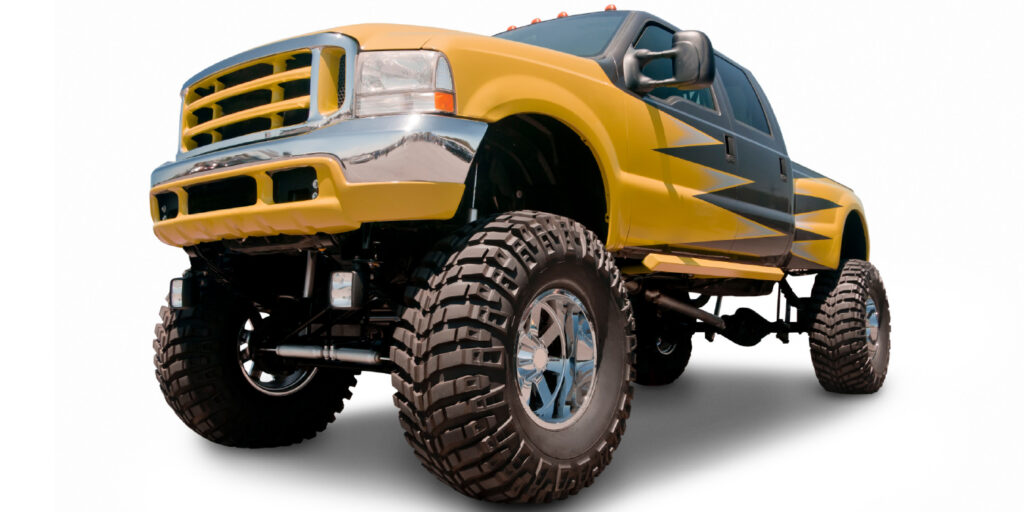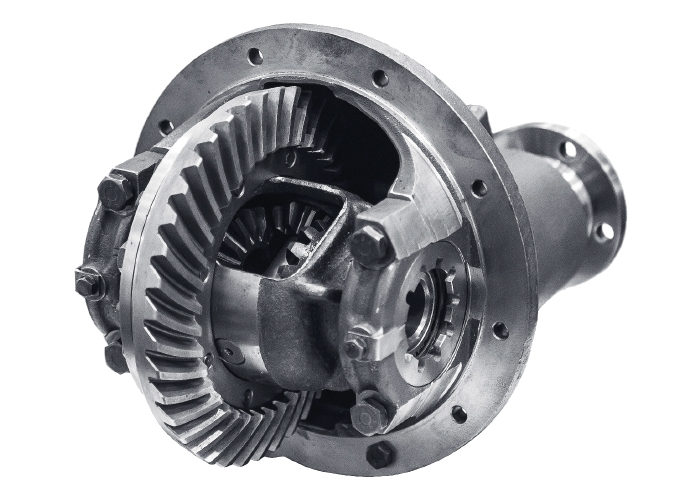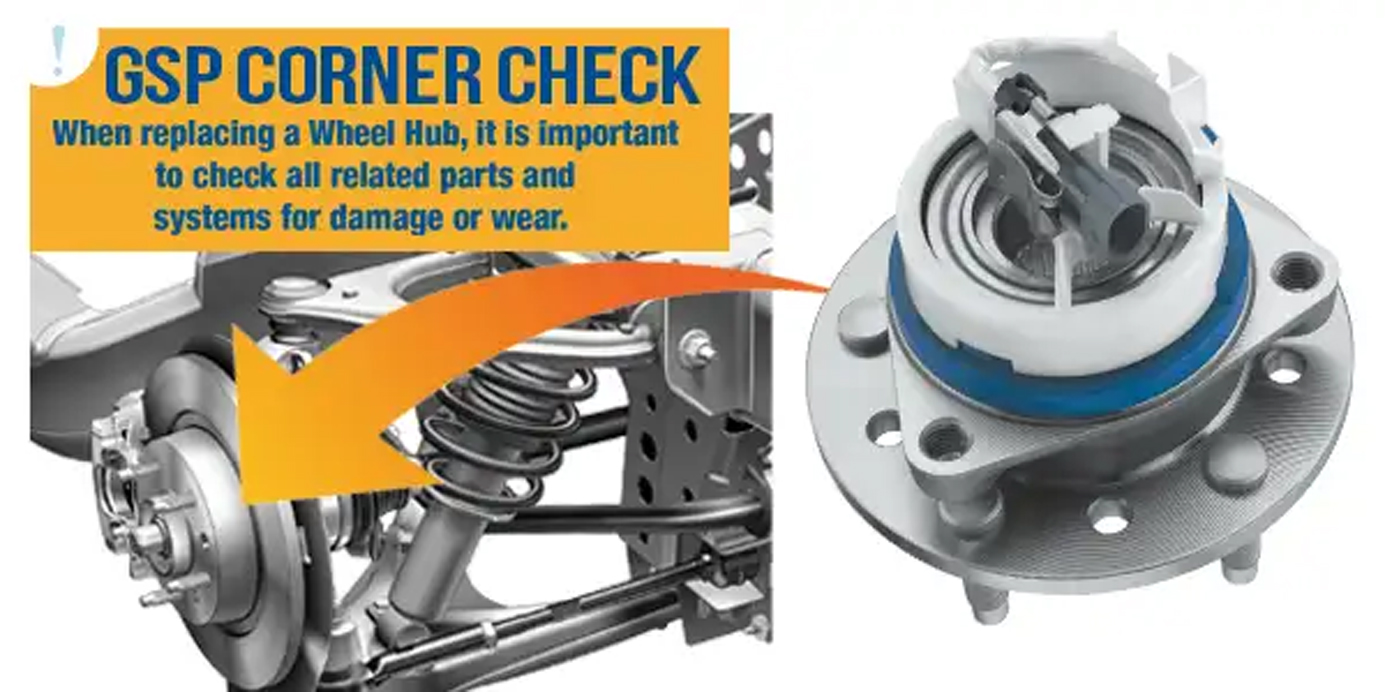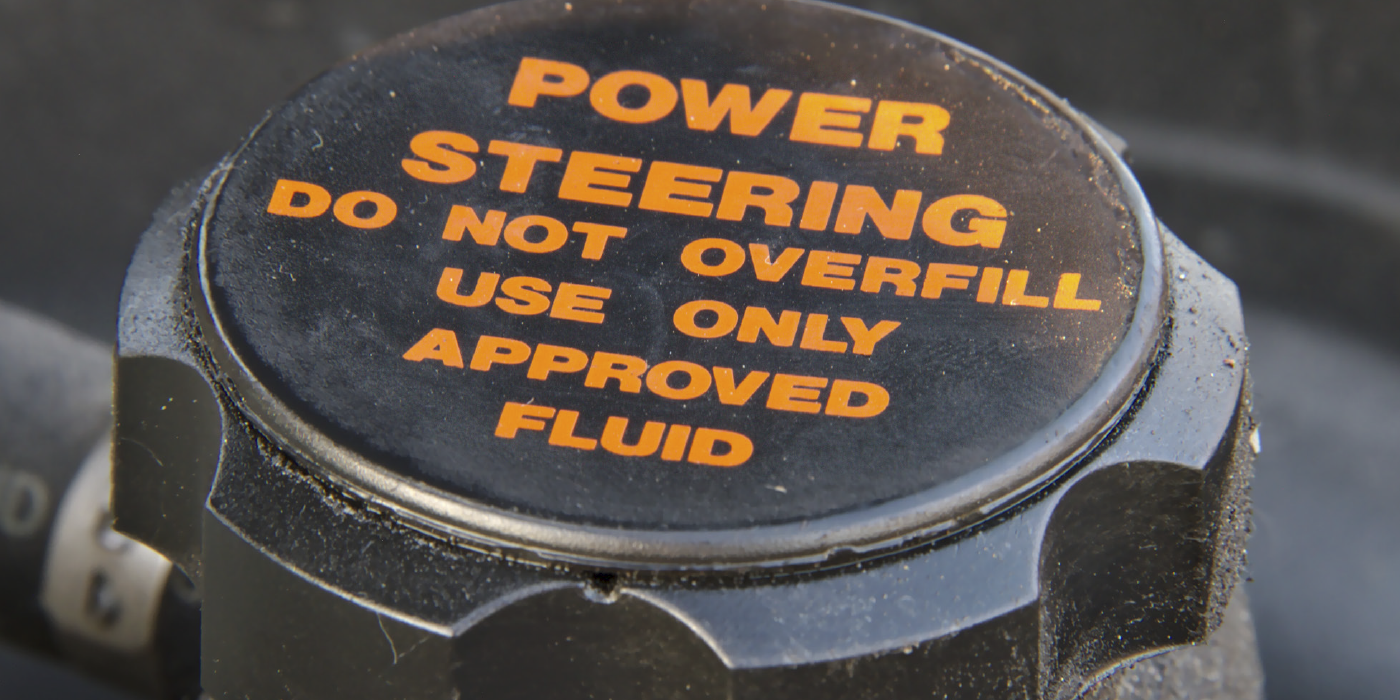Installing bigger tires on trucks is about as American as baseball, country music and apple pie. Unfortunately, big tires also go hand-in-hand with something less enjoyable: transmission failure. You can guard against problems and better troubleshoot chronic failures by knowing the unintended consequences of oversized tires on the tranny, especially the role gear ratios play in managing torque as it travels through the drivetrain.
Upgrading to larger outer diameter tires naturally increases the circumference, the distance around the outside of the tire. The circumference is used to calculate your speed, so any deviation from the factory tire size will affect this. This problem is minimal in newer vehicles that use an electronic speed sensor and can be corrected with programmable tuners. In older vehicles that rely on a cable- and gear-driven speedometer, though, adapters, calibration boxes or speedometer gear changes are necessary.
The biggest issue with installing taller tires is the increased strain on the drivetrain. When you increase the radius of a tire, it now requires more torque from your driveline to turn that larger tire. This generally does not have much of a negative effect on the engine components themselves, although it will now require the engine to work harder to maintain the same speed as before. The transmission components, on the other hand, especially the clutches and bands, take the brunt of the abuse. Clutches and bands will begin to create excessive heat as they struggle to operate under higher constant stress. Excessive heat cycles will cause the friction surfaces to start slipping, and at that point the transmission will need to be overhauled. If the core problem of the failure is not addressed – increased tire size – problems will occur again and again.
So, how do you safely run those big, 35” tires on a vehicle that didn’t come stock with them? Re-gear. All rear-wheel-drive (RWD) vehicles have a set of gears inside the rear axle housing called the ring and pinion gear that determine the final gear ratio. Four-wheel drive (4WD) vehicles have a set in the front and rear axle housings.
The pinion gear has significantly less teeth and will rotate more than the ring gear. Gear ratios will be labeled as 3.42:1, or 3.42 revolutions of the pinion and driveshaft for one revolution of the axle shaft. If you were to order a new truck, you could request from a small selection of available gear ratios.
These gear ratios are calculated by engineers to maximize torque, acceleration, engine RPM at highway speeds and, ultimately, gas mileage, all while considering the known tire diameter. These gear sets can be changed out by professionals for either different aftermarket or original equipment gear sets.
Modifying the final gear ratio will correct the drivetrain deficiencies caused by larger tires. Obviously, it is more expensive and difficult to modify a 4WD drive gear ratio than RWD because there are two sets to change.
To find your new optimal gear ratio, you can divide the new tire diameter by the old tire diameter and multiple by the stock ratio to get the new ratio. Let’s see how this formula applies to a 2017 GMC Sierra Z71, which came stock with 265/65-18 (31.6” dia.) tires. Assuming a 3.42:1 gear ratio, we can calculate the new gear ratio like this: 35”/31.5” x 3.42=3.79
Now that we have restored the vehicle’s driving characteristics and power, it’s time to get out and enjoy the outdoors safely and responsibly.
Courtesy of Sonnax














